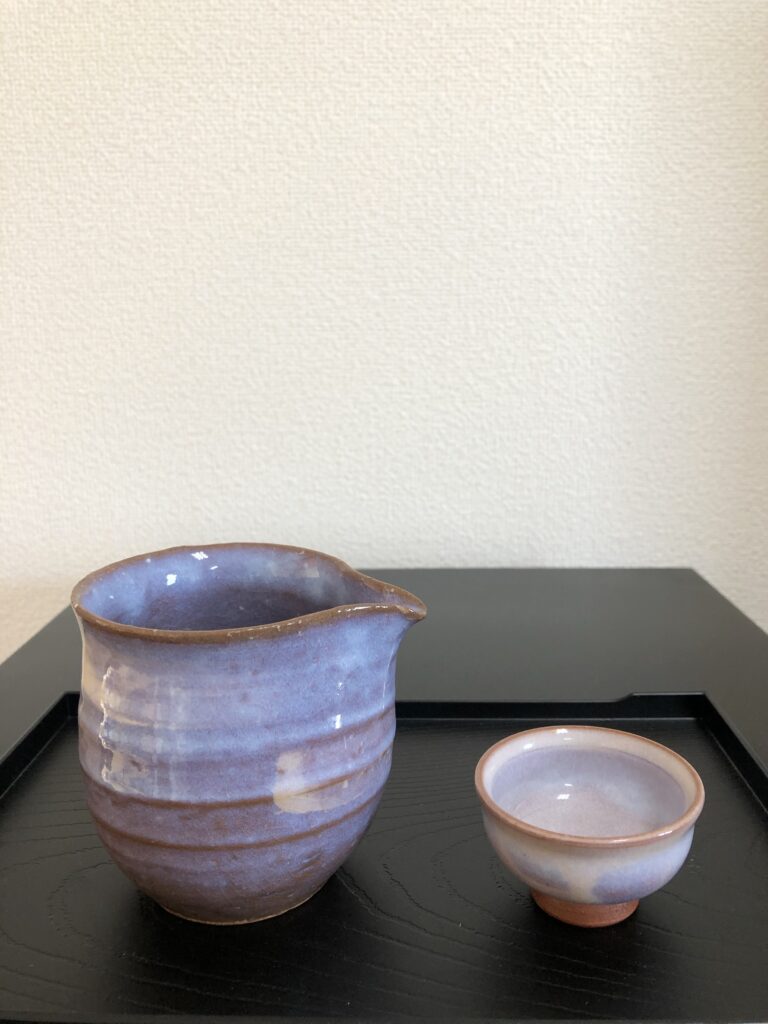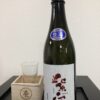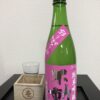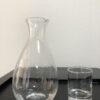The name will change in accordance with the served temperature (for tablet or PC)
You will feel tasty when you enjoy drinks that are served in the best temperature. For example, red wines. They should be served in 14-18°C. However, you can enjoy Japanese Sake in much wider range. You are able to enjoy a same bottle in both cold and hot. Changing temperature sometimes reveals the hidden characters.
The name of Japanese Sake changes in accordance with the served temperature. For example, when it is served in 35°C, it is called “Hitohada-Kan”. The temperature is close to human body temperature. The flavor is more emphasized in this temperature.


The name in each temperature is below.
| Temperature | Name | Taste |
| Above 55°C | Tobikiri-Kan (Super hot style) | It is too hot to hold the carafe. You cannot hold it more than a minute. It smells the flavor of pungent alcohol. Tastes becomes very sharp. Whether you like it or not depends on your preference. |
| 50°C | Atsu-Kan (Hot style) | Vapor stems form the carafe. You will see it and quickly know it is hot. The taste becomes drier and sharper. In old days, Kan-Zake was served in this temperature. |
| 45°C | Jou-Kan (Mildly hot style) | You find it warm when you hold the carafe. It is comfortably warm. When you pour it, vapor stems from the glass. The taste becomes affluent, but it also becomes sharp. |
| 40°C | Nuru-Kan (Warm Style) | It is a little bit warmer than human body temperature. The characters and the charms are emphasized if you select the Japanese Sake that can be enjoyed in warm. The taste becomes rich. |
| 35°C | Hitohada-Kan (Human body temperature style) | It is the same temperature as human body temperature or little bit lower. The flavor of rice is emphasized in this temperature. You don’t find it hot when you drink it. |
| 30°C | Hinata-Kan (Sunshine bask style) | It is lower that human body temperature. You don’t feel either warm and cool. You can feel the flavor more and teste becomes smooth. |
| 20°C | Jou-On (Room temperature style) | It is served in room temperature. It is not cooled in refrigerators. You can enjoy the flavor and the taste becomes mild. It is better that you try first in this temperature. |
| 15°C | Suzu-Bie (Chill style) | It passes for a while after you took Japanese Sake from refrigerators. You find it cool when you take it. You can enjoy the flavor and the taste becomes mild. |
| 10°C | Hana-Bie (Cool style) | It is Japanese Sake that was in refrigerators immediately before and is served just now. The flavor is suppressed, but the texture becomes smooth. It is good to enjoy in summer. |
| 5°C | Yuki-Bie (Snowy style) | Due is condensed around the carafe. It is difficult to feel the flavor and the tastes. |
I referred a variety of temperature styles. However, it is enough you will remember 3 styles, 40°C/Nuru-Kan, 20°C/Jou-On and 10°C/Hana-Bie. If you would like to enjoy the taste changes, you should try in these three. You will know how the taste will change.



